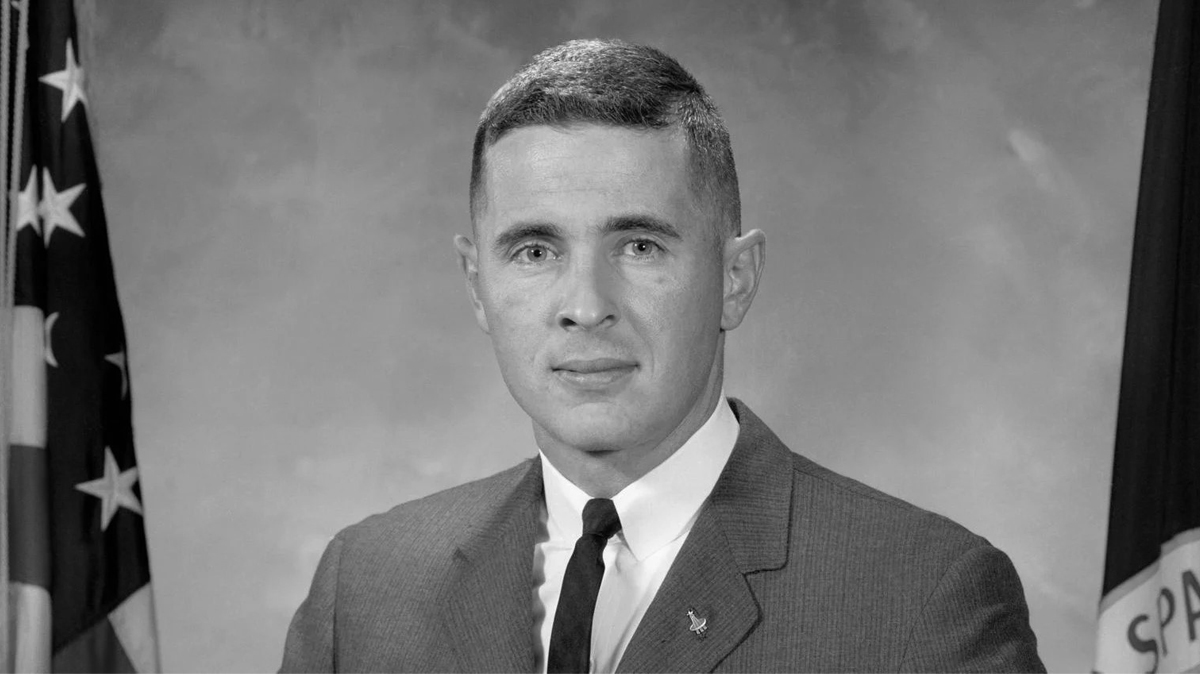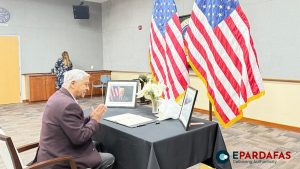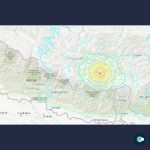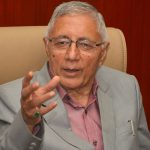
NASA Astronaut William Anders, Apollo 8 Crew Member, Dies in Plane Crash at 90

William Anders, a NASA astronaut who was part of the 1968 Apollo 8 crew who were the first three people to orbit the moon, has died in a plane crash in Washington state, according to his son, Gregory Anders. He was 90 years old.
My “dad passed in an aircraft incident in the San Juan Islands,” Anders told CNN Friday evening. “The family is devastated and grieving the loss of a great pilot,” he added.
The San Juan County Sheriff’s Office said in a news release an aircraft went down off the coast of Jones Island.
The dispatch centre got an initial report around 11:40 a.m. PT, which said an “older model plane was flying from north to south then went into the water near the north end of Jones Island and sunk,” the sheriff’s office said.
The United States Coast Guard later announced the pilot’s body was recovered by a dive team after an hourslong search that involved multiple agencies and covered 215 nautical miles. The San Juan Islands are located about 90 miles north of Seattle.
William Anders, born on October 17, 1933, in Hong Kong, graduated from the United States Naval Academy in 1955 and after being commissioned in the US Air Force, he earned his pilot’s wings the following year, according to the US Naval Academy’s website.
Anders served as a fighter pilot in all-weather interception squadrons of the Air Defense Command in California and Iceland, according to NASA and the US Naval Academy.
While at the Air Force Weapons Laboratory in New Mexico, Anders was responsible for managing nuclear power reactor shielding and radiation effects programs, his NASA biography states.

He was selected in 1964 as an astronaut by NASA and served as backup pilot for the Gemini 11 mission in 1966 and the Apollo 11 flight in 1969. Anders logged more than 6,000 hours of flying time, according to NASA.
Anders and fellow astronauts Jim Lovell and mission commander Frank Borman, who died in November 2023, flew aboard the first lunar orbit mission in December 1968 on Apollo 8. Anders served as the lunar module pilot for the historic flight.
From the spacecraft, Anders captured an iconic image of Earth showing the moon’s surface in the foreground during the Apollo 8 flight on Christmas Eve 1968, titled “Earthrise.”
“We came all this way to explore the moon, and the most important thing is that we discovered the Earth,” Anders famously said.
The photo, described as “legendary” by NASA in a tribute video for Anders on Friday, was taken as the crew snapped images of the lunar surface for geologic analysis, Anders said in a previous interview with NASA.
“Suddenly I looked out the window, and here was this gorgeous orb coming up,” Anders described of Earth.
“For me, it made me realize that the earth was small, delicate and not the centre of the universe,” Anders said.
Anders, Lovell and Borman were recognized by Time Magazine as “Men of the Year” in 1968.
Anders served as Executive Secretary for the National Aeronautics and Space Council from 1969 to 1973, according to NASA. President Gerald Ford named him the first chairman of the Nuclear Regulatory Commission, which is responsible for nuclear safety and environmental compatibility.
NASA administrator Bill Nelson said in a post on X, formerly Twitter, on Friday: “Bill Anders offered to humanity among the deepest of gifts an astronaut can give. He traveled to the threshold of the Moon and helped all of us see something else: ourselves.”
Nelson continued: “He embodied the lessons and the purpose of exploration. We will miss him.”
Anders and his wife, Valerie, had two daughters and four sons.












Comments